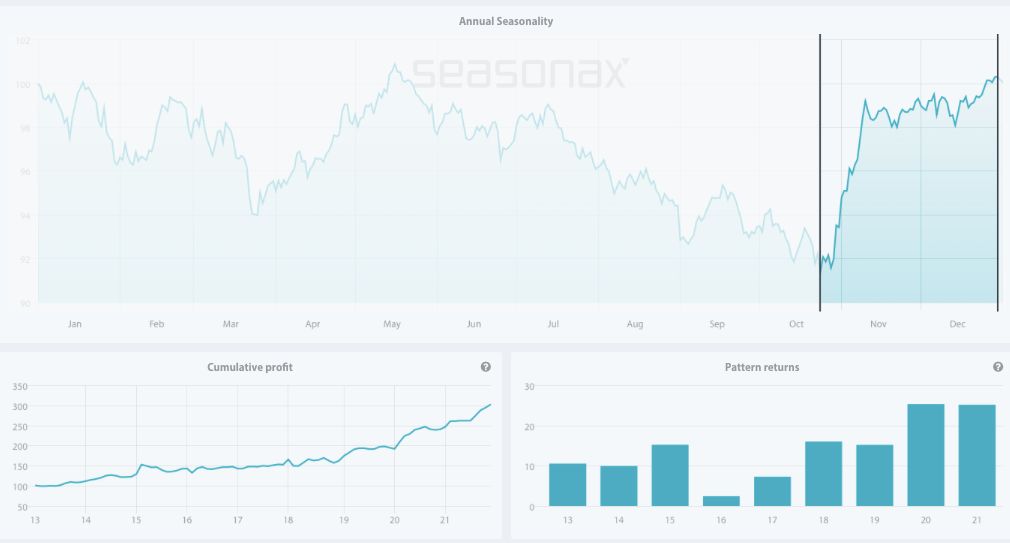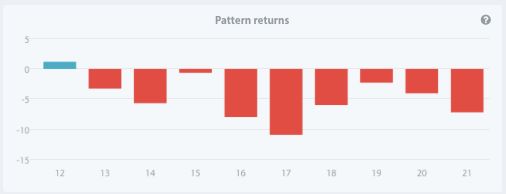PDF Download (GERMAN)
Article in German
Dear Investor,
When the S&P 500 hit bear market territory on June 13 2022, bitter smile was put on many investor faces around the world. But this wasn’t happening for the first time: since 1928, the S&P 500 has experienced 26 bear markets.
“Bears” are part of normal market trends, relatively short in duration (especially compared with bull market trends) and can provide good investment opportunities. They come into life when market falls at least 20 percent from recent highs.
There are some principles to consider while investing during bear markets. When choosing the “right” stock, one should focus on quality. In other words, chose the companies that have a real competitive advantage, rock-solid balance sheets and are not overleveraged.
It is also important that you build your positions over time. No one can time exactly when the market is going to hit the bottom!
By doing so, concentrate on “recession-proof” sectors such as those that I am going to present today.
Stocks to keep an eye on during a recession
The fact is that the most stocks will suffer during a recession, but there are still some sectors that are more likely to outperform the broad market.
In my previous Seasonal Insights, I have discussed different luxury stocks that have proven their strength during difficult times. It is an industry that resists crises: luxury customers, due to their financial wealth, recover very quickly.
But are there other sectors we should keep our eyes on?
So called “bear market stocks” seem to be attractive for the investors and can be found in defensive sectors, such as consumer staples, utilities and healthcare.
Healthcare is definitely a safe haven when markets turn south.
One of the stocks to consider from this sector is pharmaceutical giant AbbVie’s or so called low-volatility dividend aristocrat. This posh expression refers to a group of high-quality S&P 500 stocks known for delivering at least 25 straight years of dividend growth.
If you decide to enter this trade, make sure to look at seasonality chart first. It will offer you best entry and exit points for specific stocks during the year.
Seasonal Chart of AbbVie Inc over the past 9 years

http://tiny.cc/Seasonax-AbbVie to receive more information
Keep in mind that a seasonal chart depicts the average price pattern of a stock in the course of a calendar year, calculated over several years (unlike a standard price chart that simply shows stock prices over a specific time period). The horizontal axis depicts the time of the year, while the vertical axis shows the level of the seasonal pattern (indexed to 100).
From the chart above, it is clearly visible that the end of October until the end of December, over the past 9 years, have been favourable months for this health stock. In this time span of 46 trading days (from October 24 until December 30), shares rose on average by almost 14%. Moreover, since 2013 the pattern returns had a winning strike of 100%, meaning that AbbVie Inc generated gain each year since 2013 during the selected time period.
There are also other stocks that are trending high in this sector as Pfizer, Eli Lilly or even insurances, such as UnitedHealth, Anthem and Centene. Remember to seasonax them all!
Another unpopular consequence of a recession is that many consumers will curb their spendings. However, as consumers still need to buy staples such as food, household goods and hygiene items, demand tends to hold up better than other areas of the economy.
I am referring to large food manufacturers such as Tyson Foods, Kelloggs and Mondelez International. Besides them, don’t forget about all these large agribusinesses that focus on the raw materials used in food production, such as Bunge or Archer-Daniels Midland.
During difficult times consumers tend to seek out also for cheaper alternatives where discount retailers come to a light. Even if people shop less during a downturn, they still need to buy staples and are more likely to treat themselves to a cheaper item at a discount store. Dollar Tree was the best performer in the S&P 500 during the 2008 financial crisis and was up significantly that year while the overall market plummeted.
There are also personal care and household product manufacturers such as Colgate-Palmolive and Procter & Gamble. All these stocks suffered either a smaller decline than other areas of the stock market during the 2008 financial crash, and most of them bottomed out months before the broad market.
But still be aware of the investment timing. Each stock mentioned here has its strong and weak periods during the year, e.g., Kellogg is worth considering after the summer weakness.
Weak seasonality of Kellogg during August and September over the past 10 years

http://tiny.cc/Seasonax-Kellogg to receive more information
Therefore time your investment wisely!
Be careful when selecting stocks, take into account where they operate and how a rise in bad debt or a fall in consumption could affect the company.
To help in deciding where and when to invest, make sure to use Seasonality Screener. By signing up for free to https://app.seasonax.com/signup, you will be able to identify the best entry and exit points for more than 25.000+ instruments, including stocks, (crypto)currencies, commodities and indexes.
And remember: for every bear market, a bull market follows.
Yours sincerely,
Tea Muratovic
Co-Founder and Managing Partner of Seasonax

